The Sennheiser GSP670 Wireless Gaming Headset Review: Cutting The Cord
by Andrei Frumusanu on July 5, 2019 8:00 AM EST- Posted in
- Gaming
- Headset
- Audio
- Sennheiser
- GSP670
Audio Quality Measurement
Measuring audio is akin to opening up a can of worms in terms of the response one gets from the community, so I have to preface the next two pages with a notice that I’m well aware of the limitations of the methodology, and the following measurements aren’t meant to be interpreted as the be-all of the headphone’s performance, but rather just as an overall indicator of what to expect.
What we’ll be first measuring is the actual audio output performance of the speakers. We’re using a headphone measurement rig which mimics the pinna of a human’s ears with a microphone compensation that attempts to target a flat perceived frequency response. It’s not a reference measurement, but gives very good indications of the frequency response of a headphone, particularly if the deviation is more than a few dB off.
Starting off with the a measurement of the left vs right frequency responses, we can see that there can be differences in the measured output just based on how one positions the headphones on the rig. Nevertheless, in general we see that both left and right channels roughly follow the same signature with characteristics peaks and troughs.
Averaging several measurements gives us a better idea of the expected FR. The big characteristic here is that the headphones have a quite an obvious larger low- and high-bass boost while having a slightly more conservative mid-bass. Sennheiser actually pretty much openly admits this characteristic of the headphones and advertises that the headphones do have a signature that is has more emphasis on the bass. It’s not the most heavy bass of headphones by any means, but it’s still a respectable bump over what most people will be expecting from a Sennheiser headphone.
A larger issue here is the fact that there’s a few noticeable peaks in the middle and upper treble, with a noticeable bump at around 4.5KHz surrounded by two troughs. Keep in mind this 4.5KHz peak as we’ll later talk about the noise characteristics of the headphone.
In general in my subjective experience with the headphones is that you’re not to expect much sound-stage at all with the default settings of the headphones. Another smaller issue is that there’s a very slight hint of boxed in sound. Nevertheless, overall the stock performance of the headphones are generally very good although they can be improved upon.
I ran the measured frequency response through an equalizer, creating a custom compensating impulse response and running that through Equalizer APO. The measured response looked significantly flatter, bar some harder to compensate higher frequency variations which might just as well be part of the measurement rig. I left the lower end bass to still be strong as otherwise it would have resulted in too much SPL loss for some content.
The equalized result sounded significantly better, with a wider soundstage as well as getting rid of the slight feel of a small room, with overall just improved clarity.
However I still wasn’t quite satisfied with the result as there was still some things that were off. For a lot of time I couldn’t put my finger on it until I actually tried the headphones on my smartphone via Bluetooth and to be quite shocked that they sounded noticeably different, prompting me to go ahead and investigate more.
First of all the following graphs showcases the noise floor of the measurement setup, notice that there’s quite a lot of garbage below 300-400Hz and that’s simply because I’m not running inside an anechoic chamber – I could have improved ambient noise but in the end doesn’t really impact the key aspects of the next few tests.
So I mentioned that there’s quite a noticeable difference in audio quality between running the headphones via the GSA70 dongle connection and running them over Bluetooth. I started off with measuring the FR on both without touching anything else on the headphones, such as its volume.
What we notice is that while the responses are almost the same in shape, the output via the GSA70 is a bit louder, and I can confirm this by subjective testing that switching between the dongle and Bluetooth the headset indeed noticeably changes volume.
Another aspect we see that on the Bluetooth results we see quite a ton of distortion past 20KHz. Sennheiser describes the headphones of being able of a frequency range of 10Hz to 23KHz, however we see that it stops at 20KHz, and we’ll see further testing later on that this is a limitation of the actual DAC.
In the following graphs I’ve also included the raw non-compensated microphone measurements alongside the compensated ones.
With a 1KHz sine signal we’re attempting to measure the total harmonic distortion results. Again these are not absolute measurements but given that they’re measured sequentially on the same rig without touch the headphones between the GSA70 and Bluetooth connection, but might give us some better indications of what’s happening.
For the THD figures I’m ignoring everything below 600Hz as it’s just garbage that’s irrelevant to the more accurate measurements between 1 and 10 KHz.
The difference between the GSA70 and Bluetooth measurements are quite shocking; although the BT playback does have a somewhat similar distortion pattern, it’s not nearly as pronounced as on the GSA70. As a reminder, digitally we’re playing back both connection at the full level while leaving the volume knob on the headphones static between the measurements.
The overall spectral power between the two is only 1.3dB, however the fundamental on the BT recording is a full 5.6dB lower. What’s further interesting here is that the BT connection seems to have shifted down the 5th and 7th harmonic distortions in frequency, although in theory that shouldn’t really be the case and we’re just seeing unrelated distortions, particularly that odd 4.5KHz component which we’ll come back to.
Moving on with some multi-tone measurement with the CCIF test with 19KHz and 20KHz tones, where we look at inter-modular distortions. Again while the total spectral power here isn’t that much lower on the BT measurement, the actual signals at test are up to 15dB lower. The benefit here is that they just showcase much less distortion.
Both the SMPTE test with 60Hz and 7KHz tones, as well as the the DIN test with 250Hz and 8KHz tones yet again showcase the GSA70 output showing significantly higher distortion, all while the Bluetooth recordings have lower amplitudes in the fundamentals.
Before we go any further, I’d like to revisit this 4.5KHz peak that seems to be apparent everywhere. Unfortunately this seems to be simply static noise of the DAC and amplifier when it’s active and there’s any kind of playback. Particularly on the last DIN test we saw a ton of distortion in this area when playing back with the GSA70.
Unfortunately there’s no way to avoid this noise, and the most frustrating part of this is that it’s actually audible as a continued quiet hissing. The only way to get rid of it is to turn off the headphones, or hope that there’s nothing actively holding the audio playback on your PC to prevent the ASoC from noise gating its output.
The thing is, such behaviour generally is found on the vast majority of systems out there, however it’s really only measureable or noticeable at very high volumes or high signal amplification. Here it seems the headphone amplifier is quite outside of its optimal operation range, and the fact that noise gating is so sluggish to engage makes for quite the annoying experience.



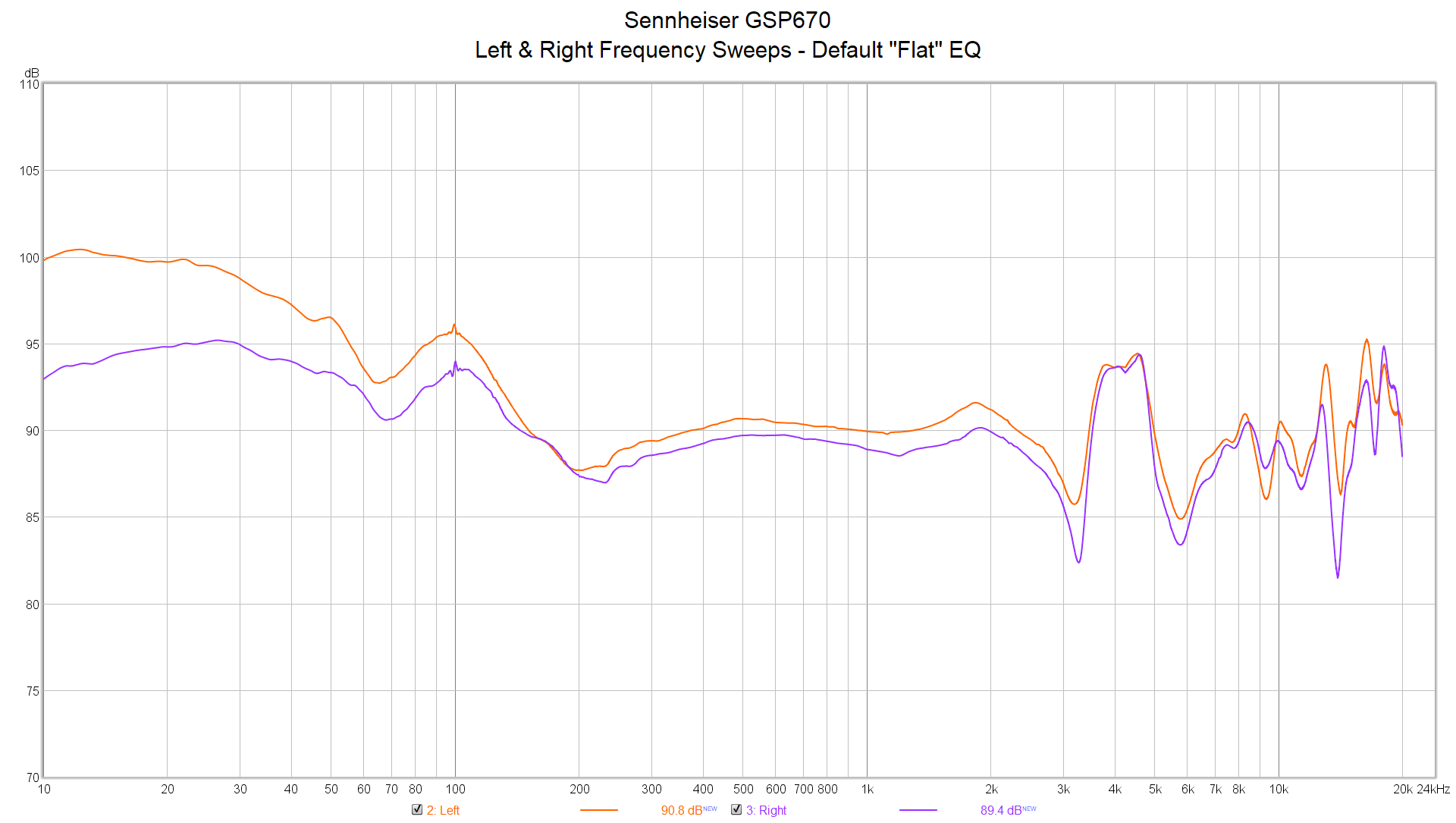
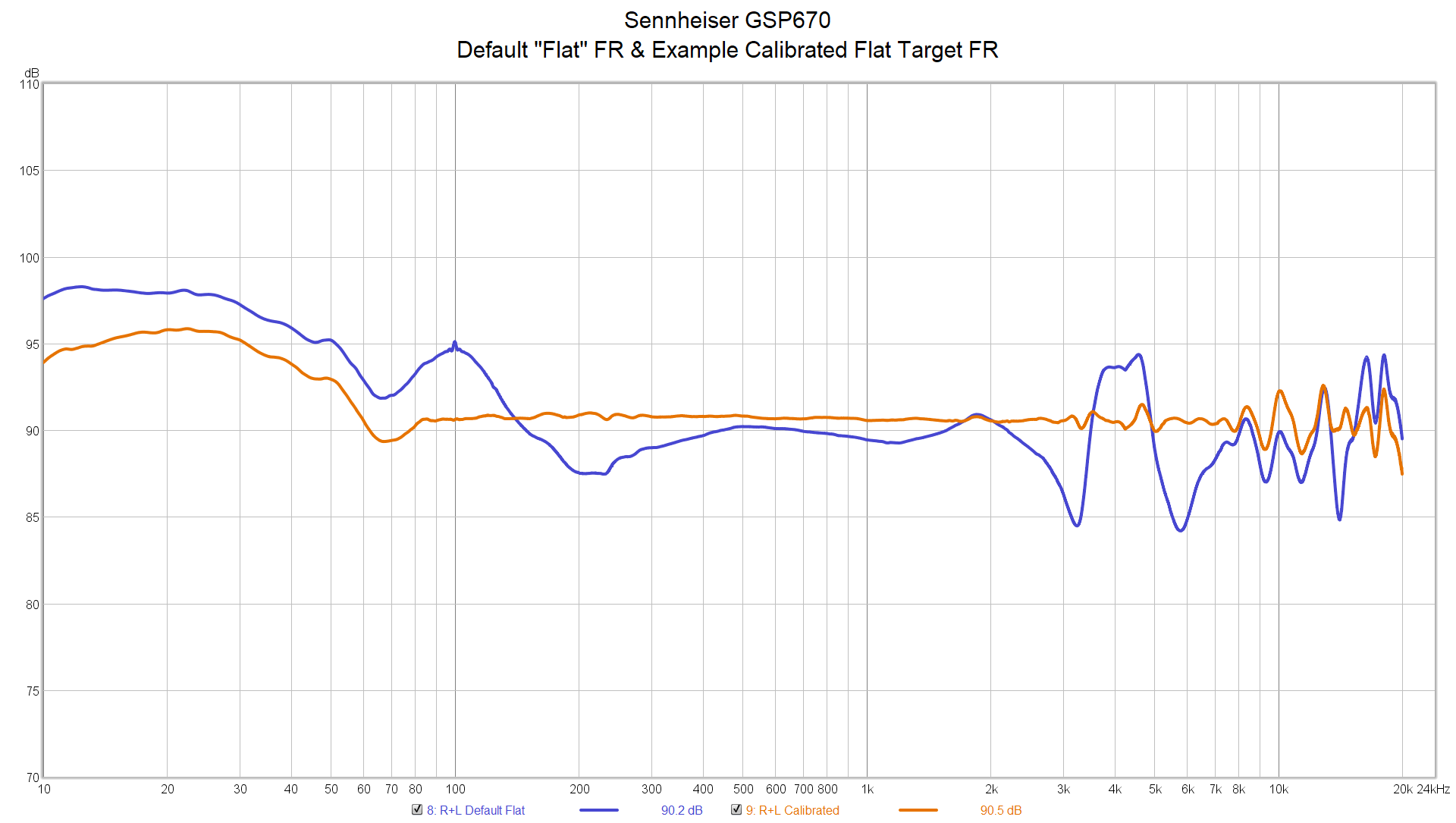
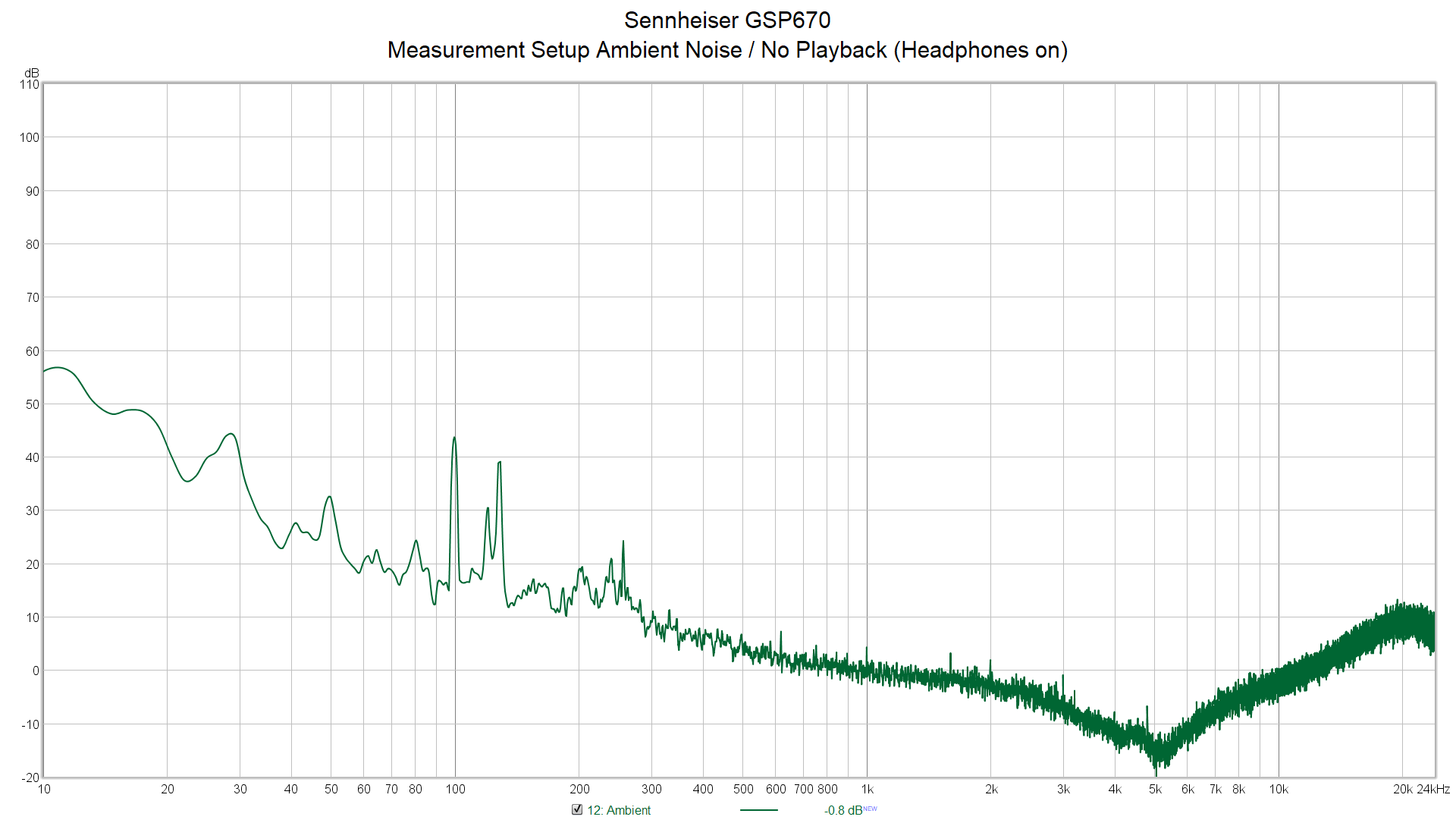
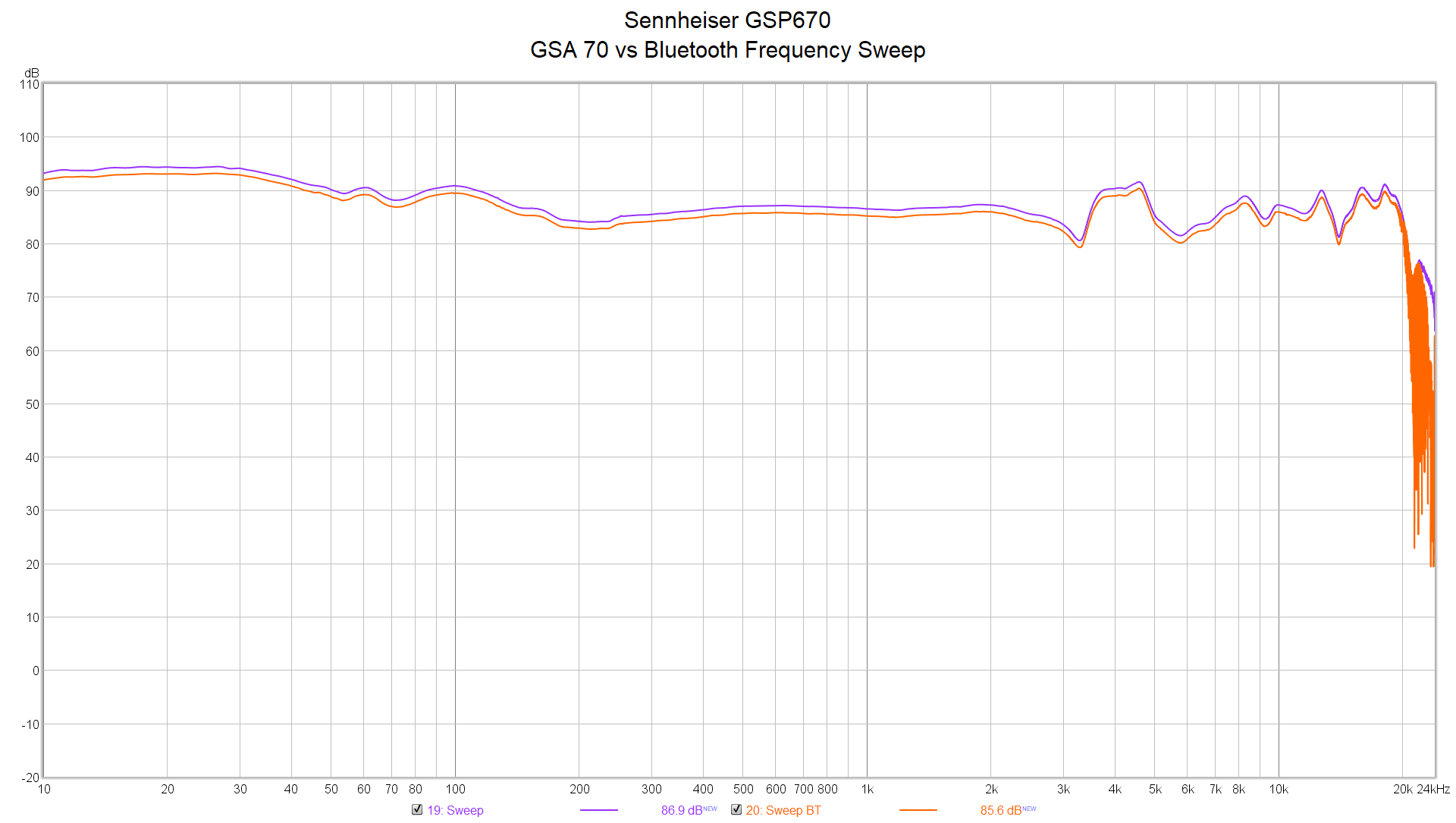
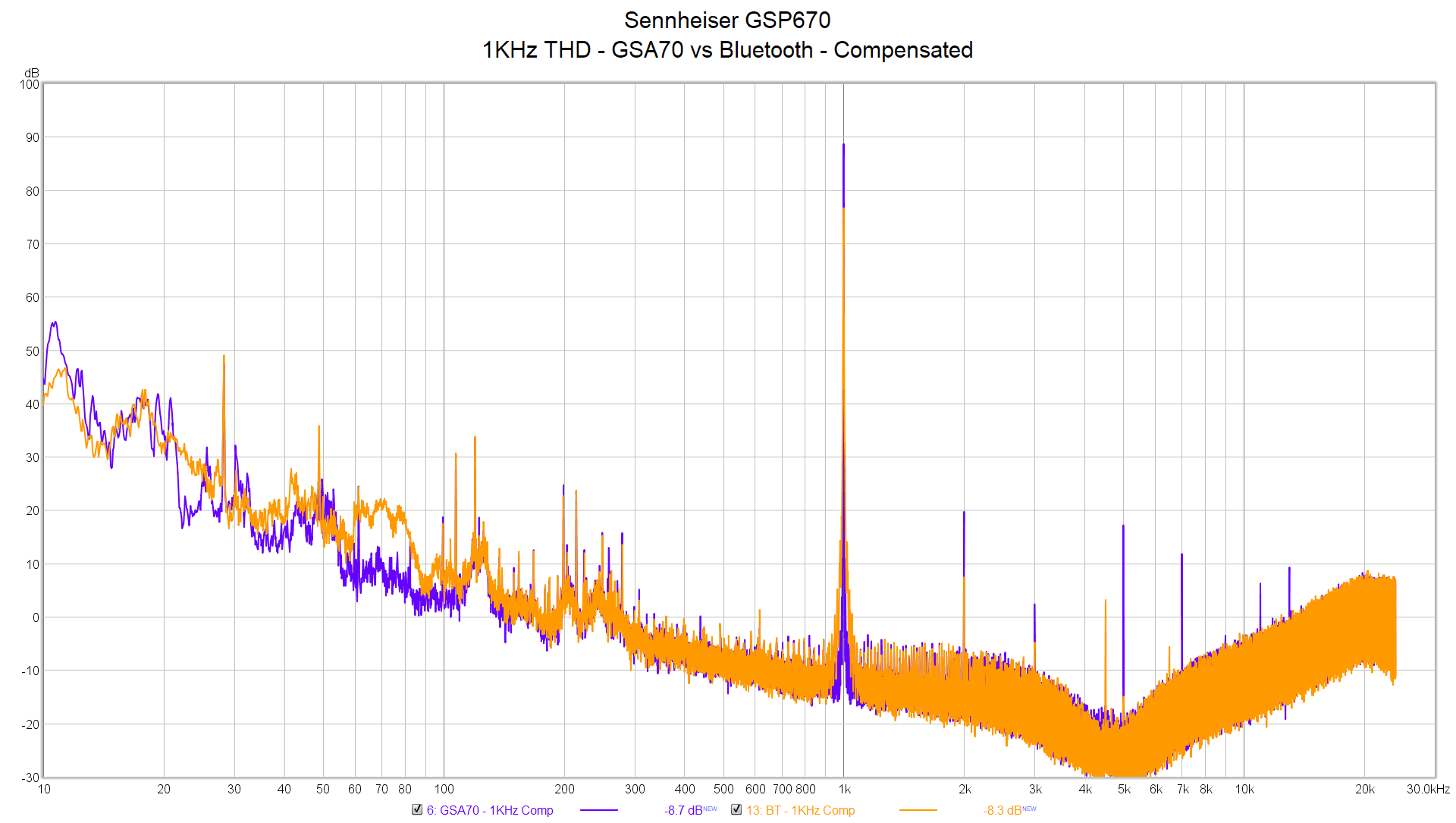


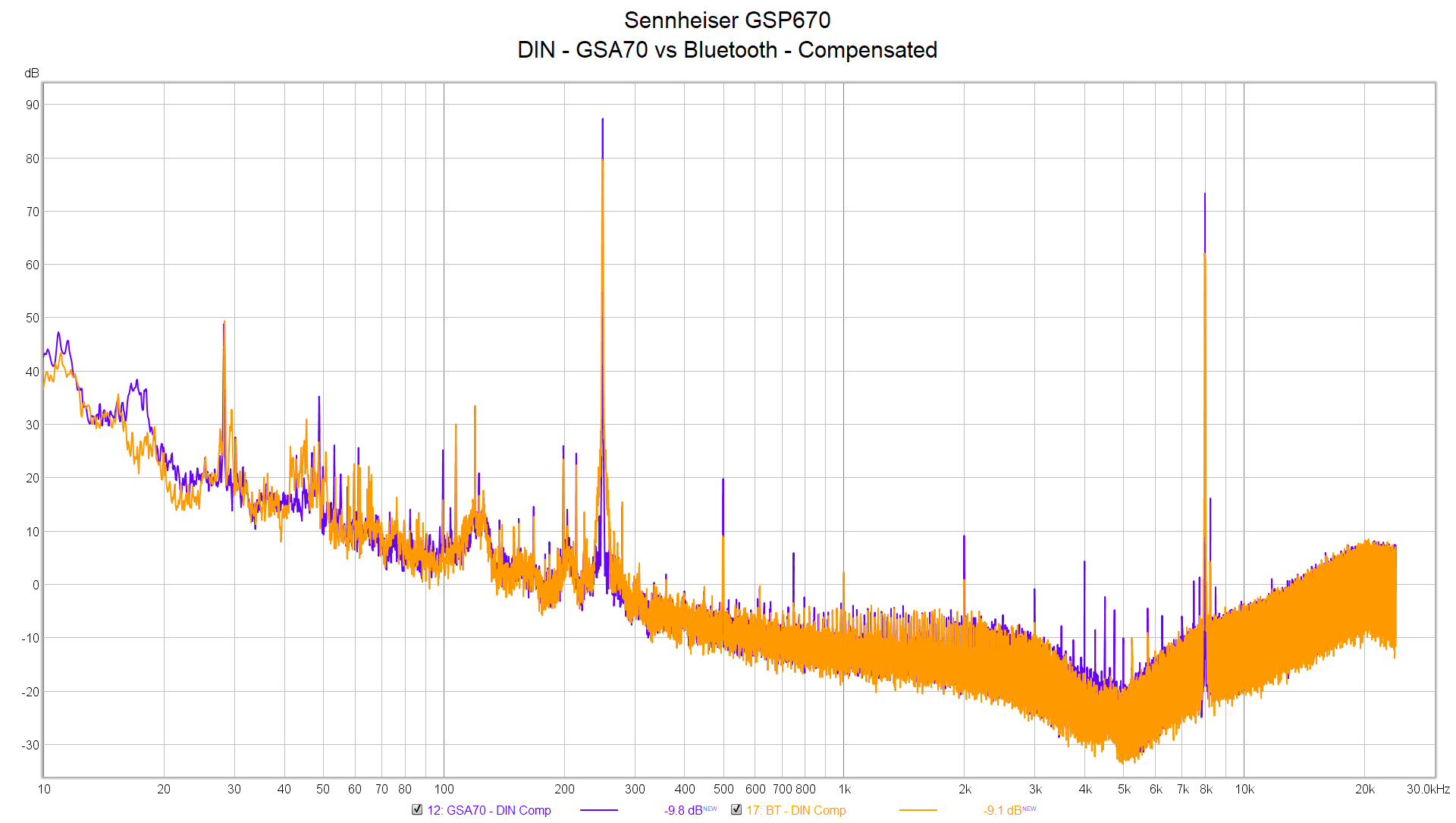
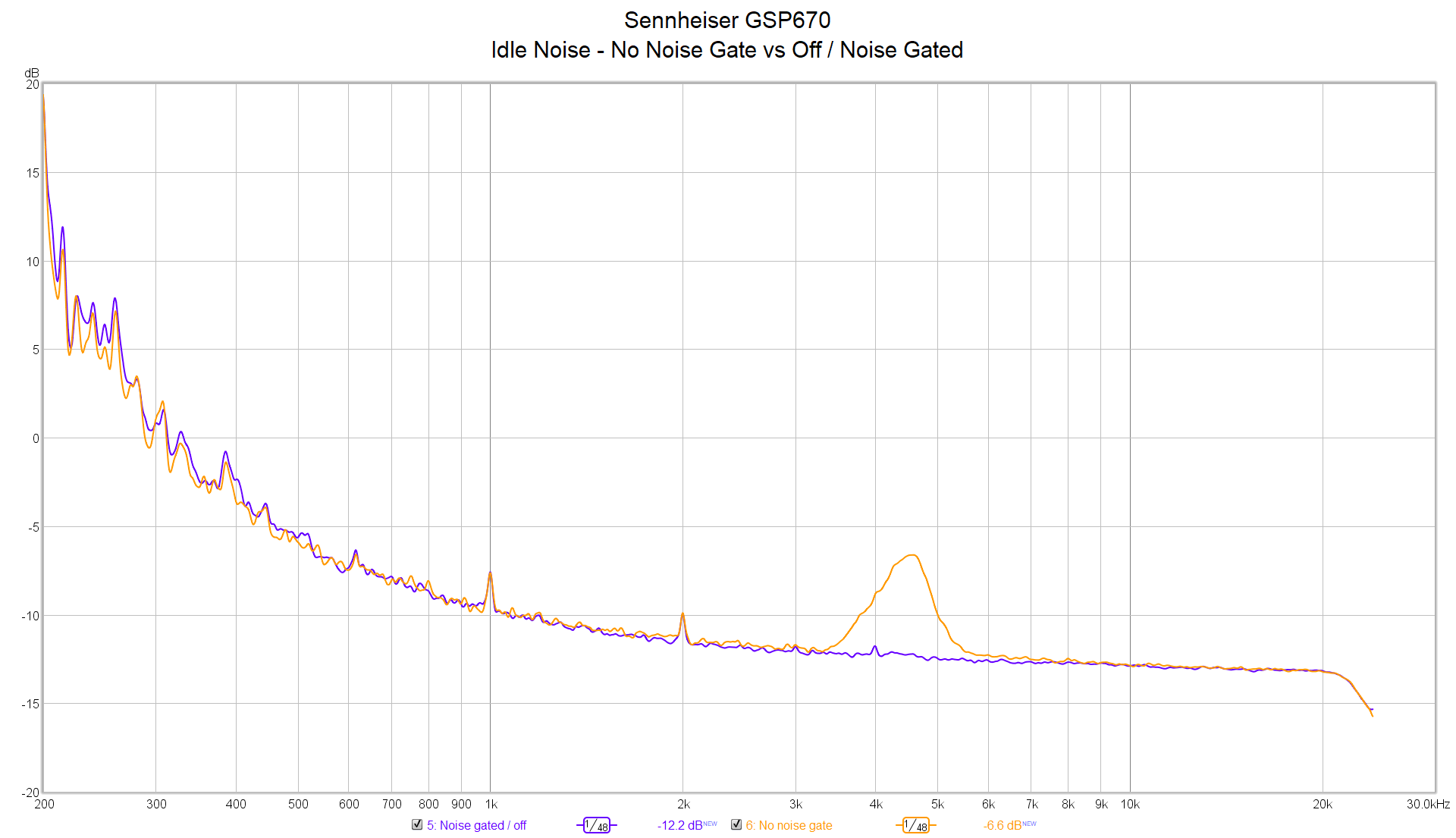








29 Comments
View All Comments
Andrei Frumusanu - Friday, July 5, 2019 - link
I thought of ways to measure latency but I didn't have anything practical in order to achieve it.In general, latency with the GSA70 dongle wasn't an issue in gaming or everyday usage.
willis936 - Friday, July 5, 2019 - link
Windows stereo mix to output to a known low latency DAC and the device under test. ARTA has a setup for measuring phase if you have a two channel mic.Andrei Frumusanu - Friday, July 5, 2019 - link
I'll add this in after the AMD weekend is over.bunkle - Friday, July 5, 2019 - link
Aren't the left vs right frequency responses a little extreme to be down to cup position? Maybe that USB port or the mic boom are causing sealing issues (given the extended bass of the left ear). Was there a consistent difference when you tested?Andrei Frumusanu - Friday, July 5, 2019 - link
As I mention, it's just possible my budget measurement rig calibration if a bit off, or the positioning of the headphones was indeed a bit off as well. The general shape of the FR remains roughly the same.I didn't notice large issues with L/R balance in subjective testing.
yacoub35 - Friday, July 5, 2019 - link
How much radiation is it cooking the user's head with during long-term use? :)Dug - Saturday, July 6, 2019 - link
Wow, ugly and not good all for $349.Thanks for the write up and testing.
crotach - Saturday, July 6, 2019 - link
This just looks so plasticky like it came from a Kinder Egg. I guess it would be ok for 50 euros.Eliadbu - Monday, July 8, 2019 - link
I wonder how this headset compares to my Astro A50 (gen 3) .